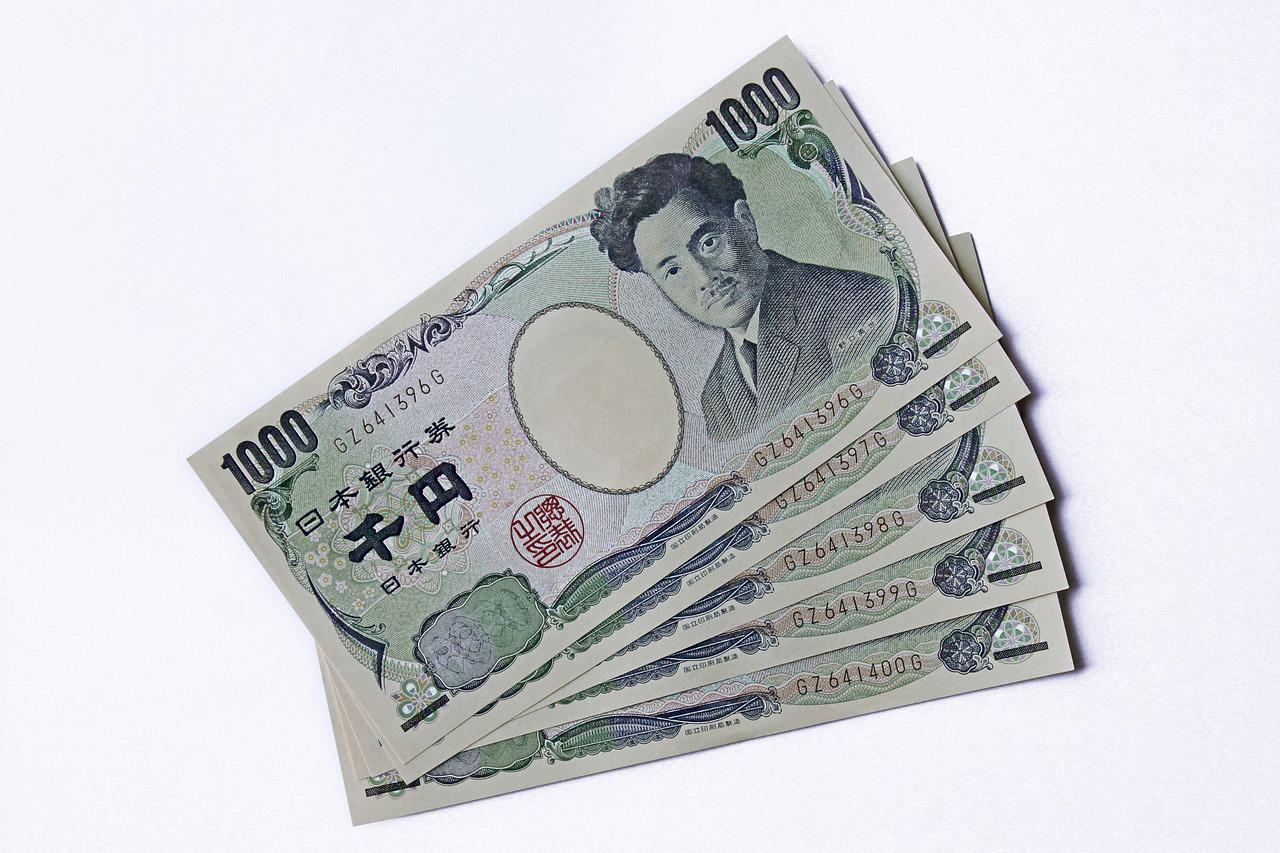On Monday, the former top economist for the Bank of Japan, Seisaku Kameda said that it was likely that the Japanese central bank would slash its economic forecasts in October at its next quarterly review.
This was because global demand was slowing down and COVID-19 infections had also resurged, which would hurt both consumption and exports.
Economic recovery
Kameda said that the economic recovery of Japan has reached a ‘critical juncture’, as the summer season has seen consumption stall.
This has dashed the hopes of policymakers that household spending would see a boost from the savings that people accumulated during the pandemic.
He stated that there was a strong possibility that consumption would stall, or barely record any growth in the third quarter of the year.
This is because of a resurgence in the cases of COVID-19 and because households are also taking a hit from the increase in living costs.
It is possible that the economic recovery in Japan from the pandemic is now under threat.
Growth forecast
Kameda further predicted that the Bank of Japan (BOJ) may decide to reduce its growth forecast to 2% or lower for the fiscal year that would end in March 2023.
This would be a reduction from the 2.4% forecast that had been made in the previous month. It is also possible that the Japanese central bank may reduce its growth forecast for the next fiscal year even more.
This means it would come down from 2.0% and this would be because of the heightened possibility of a global slowdown in the economy.
Since he headed the research and statistics department of the Bank of Japan until April, Kameda is quite familiar with how the bank comes up with its quarterly forecasts.
As far as the price outlook is concerned, Kameda said that it was possible that the core consumer inflation in Japan may rise briefly to reach 3% later in the year because of rising food and fuel costs.
Inflation
He said that inflation was expected to be moderate next year because it is likely that the impact of energy costs would ease off.
However, he did add that there was a possibility that inflation may continue to hover close to the 2% target of the Bank of Japan (BOJ) longer than expected.
This is because companies were expected to continue passing on the rising costs of raw materials to households.
Kameda said that what they were seeing in the market was nothing other than cost-push inflation and it could continue to persist longer than expected.
He said that it was not even remotely close to the demand-driven inflation that the Bank of Japan (BOJ) was hoping for.
While the fragile economy of Japan justifies the stance of the central bank to keep their monetary policy ultra-loose, it is possible that minor tweaks may be needed in the future to the massive stimulus program.
These tweaks could involve the interest rate guidance and targets of the Bank of Japan.


